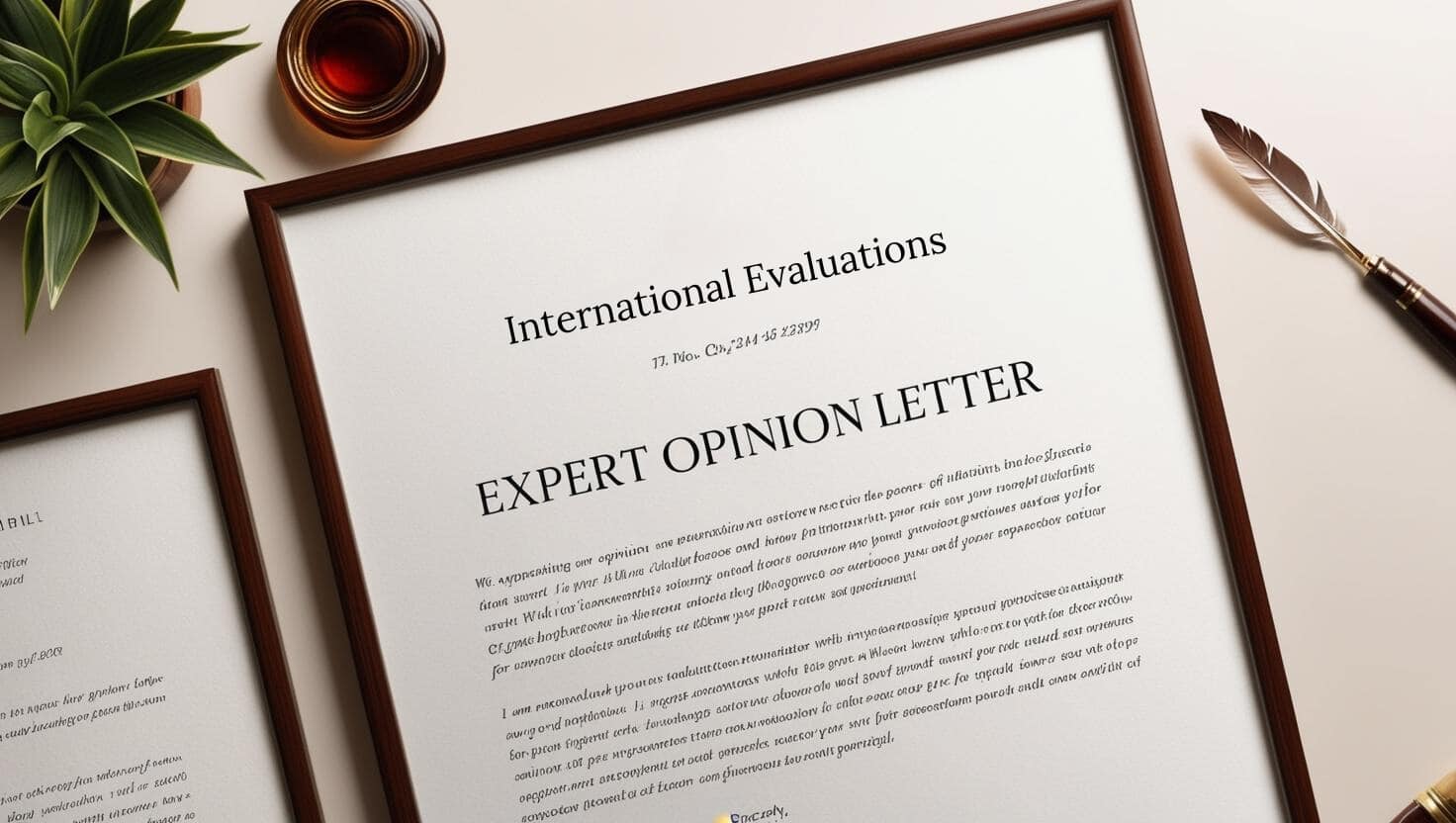Introduction
In today's globalized globe, higher education qualifications are increasingly valued throughout national borders. Numerous individuals seek to advance their careers or go after educational chances in different countries, demanding a thorough understanding of their academic qualifications. This is where international credential assessment services entered play, aiding both people and establishments in confirming the credibility and similarity of international academic credentials.
Among the numerous methods of credential analysis, the course-by-course credential evaluation stands apart as a careful technique that provides an extensive analysis of a person's academic transcripts. This write-up will explore the nuances of course-by-course examinations, detailing what they require, why they are important, and how they can impact one's job trajectory.
What is Course‑by‑Course Credential Evaluation?
Definition and Purpose
A course-by-course credential evaluation entails a thorough assessment of each program provided on an academic transcript. This assessment not only converts grades and credit scores yet also analyzes the content and rigor of each program taken by the pupil. The key objective is to identify how these training courses align with educational requirements in an additional country.
Importance of Course‑by‑Course Evaluations
Why is it important to carry out a course-by-course evaluation? For individuals intending to research or function abroad, this kind of evaluation can offer beneficial understandings right into exactly how their previous scholastic experiences translate in a new context. It assists institutions in making educated decisions regarding admissions, employing, or licensure.
The Process of Course‑by‑Course Credential Evaluation
Step 1: Document Collection
The initial step in any type of academic credential evaluation process is accumulating necessary papers. This generally consists of:
- Official transcripts Degree certificates Course syllabi (if offered)
Having these papers all set simplifies the analysis process.
Step 2: Review and Analysis
Once papers are accumulated, critics diligently evaluate them for authenticity and efficiency. Each course is evaluated based upon numerous criteria:
- Credit Hours: How many credit scores were assigned to each course? Grades: What qualities were achieved? Course Content: What topics were covered?
Step 3: Comparison with Local Standards
After complete evaluation, evaluators compare the training courses versus neighborhood academic requirements. They might reference sources such as:
- National databases Accreditation bodies Institutional guidelines
This contrast assists figure out equivalency degrees for each and every course.
Step 4: Report Generation
Finally, evaluators compile their findings into a detailed record that lays out:
Total credit histories earned. Equivalent programs at neighborhood institutions. Grading scales comparisons.This report functions as an official document that can be offered to institutions or employers.
Benefits of Course‑by‑Course Credential Evaluations
Enhanced Recognizing of Academic Background
One main advantage is that students gain clarity on exactly how their international education and learning lines up with regional expectations. This understanding outfits them for much better decision-making worrying further studies or work applications.
Increased Employability
Many employers require candidates to have actually assessed qualifications when considering candidates from abroad. A positive evaluation can considerably boost employability prospects.

Facilitates Admission to Educational Programs
For students wanting to sign up in degree programs, having an in-depth evaluation helps institutions evaluate whether candidates fulfill entry demands extra effectively.
Work Experience Evaluation vs. Course-by-Course Credential Evaluation
What is Work Experience Evaluation?
A work experience evaluation focuses on analyzing expert experiences rather than scholastic accomplishments. It takes a look at abilities obtained via work instead of formal education.
Key Distinctions In between Evaluations
|Function|Course-by-Course Credential Evaluation|Work Experience Evaluation|| ---------------------------|---------------------------------------|----------------------------|| Focus|Academic courses|Expert experience|| Paperwork Called for|Records and syllabi|Employment letters|| End result|Academic equivalency|Ability acknowledgment|
Understanding these distinctions helps people in choosing which type of assessment fits their needs best.
Expert Viewpoint Letters
Importance of Expert Viewpoint Letters
An expert viewpoint letter acts as an additional layer of recognition for analyses, especially when distinct circumstances emerge-- like unaccredited institutions or non-traditional educational experiences.
How They Are Used
These letters can sustain applications by supplying understandings from experts who assess credentials based on market requirements or particular institutional requirements.
Common Misconceptions Concerning Credential Evaluations
Myth 1: All Assessments Are Produced Equal
Not all examinations hold the same weight; different companies have varying techniques and acceptance rates among institutions.
Myth 2: Just Degrees Matter
While levels are vital, lots of employers worth abilities gotten with job experience equally-- and this highlights the importance of work experience analyses along with scholastic assessments.
FAQs Regarding Course‑by‑Course Credential Evaluation
What records do I need for a course-by-course credential evaluation?- You typically require main transcripts, level certificates, and potentially program syllabi if available.
- The period varies by company however typically ranges from a few weeks to a number of months depending upon complexity.
- Yes! A lot of companies identify assessed qualifications when making hiring decisions.
- Generally speaking, yes; because of its in-depth nature and thorough analysis.
- Not all; it's important to inspect specific institutional requirements before applying.
- It's finest to clarify any type of discrepancies with your organization before submission; evaluators may flag variances influencing your assessment.
The Duty of Different Stakeholders in Credential Evaluation
Educational Institutions
Institutions depend on precise analyses to confess qualified candidates while making sure conformity with certification standards.
Employers
Employers utilize assessments to validate possible hires' credentials accurately-- enhancing trust throughout employment processes.
Government Bodies
Some government companies need credential evaluations for immigration functions; hence playing a crucial duty in international mobility.
Conclusion
In recap, browsing the complexities surrounding international education needs comprehensive understanding and expertise-- both discovered within the realm of credential assessments especially concentrated on programs taken during one's scholastic trip. A course-by-course credential evaluation not just brightens individual success but additionally promotes opportunities throughout boundaries via enhanced employability and instructional access.

As globalization proceeds shaping our world, spending time into recognizing these subtleties could confirm invaluable for those looking towards global horizons-- whether academically or https://penzu.com/p/fc3533ff36404c64 expertly oriented! Constantly bear in mind that you have options available-- so make informed choices regarding your future!